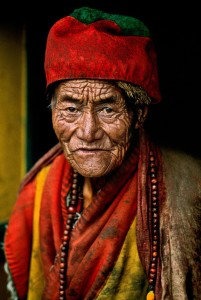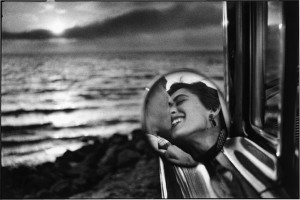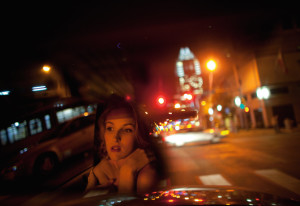What is Documentary Photography?

ENGLAND. Birmingham. 1991.
Documentary photography is a form of photography that follows current events that could have an impact on society and documents historical events as they unfold. This could be anything from following a family who has an autistic child to chronicling one soldier’s adventures as they get ready to deploy. There is no real limit to what can be documented in photography, as long as the story gets across. The main function of documentary photography is being able to tell a story using just pictures. Most of the time there is a story with it, but the photograph should capture the audience and keep them entranced in to want to read further. It could also change the way someone looks at the world, with topics like prostitution rings, marriage equality, racism, or spay and neutering your pets.
Three photographers whose work I really appreciate are Steve McCurry, Elliott Erwitt and Kitra Cahana. Steve McCurry first caught my eye, and perhaps the world, with his National Geographic cover photo of the Afghan Girl. The emotion that was captured in that moment made you want to read about what was going on over and over and over again. That one piece of work is what makes me want to elevate my craft to be of that caliber, capturing an audience with a single shot. Elliott Erwitt was introduced to me in taking photojournalism classes and he is amazing. I love the humor in his photos from the little dog with the woman’s feet next to him, to the romantic photo of the couple in the side view mirror. Of any photographer I try to take his photos and put my own spin on them. Just recently for an Art History class I used the photo spread advertisement he was in for Cole Haan as the basis of my contextual analysis. I admire him and his work very dearly. Last is a documentary photographer I have just discovered, Kitra Cahana. I was looking on her website and the work she has put out is the kind I want to do. Especially her photos on teens and the lives they lead, but the playful way that she is into them is very exciting. Her colors are vibrant and the story is told with no words. If I could just have a small iota of that I think it will make me more successful.
The content of documentary has not changed, it is more the equipment that we use. Before the cameras that we used were bulky and heavy and the film was slow which did not make for the best and most clear photography. Nowadays cameras are lighter, faster and digital so you don’t have to worry about the long process of loading film, just put in a new SD card. Also with the ready access of cameras on cell phones, almost anyone can be a documentary photographer in their own way.











